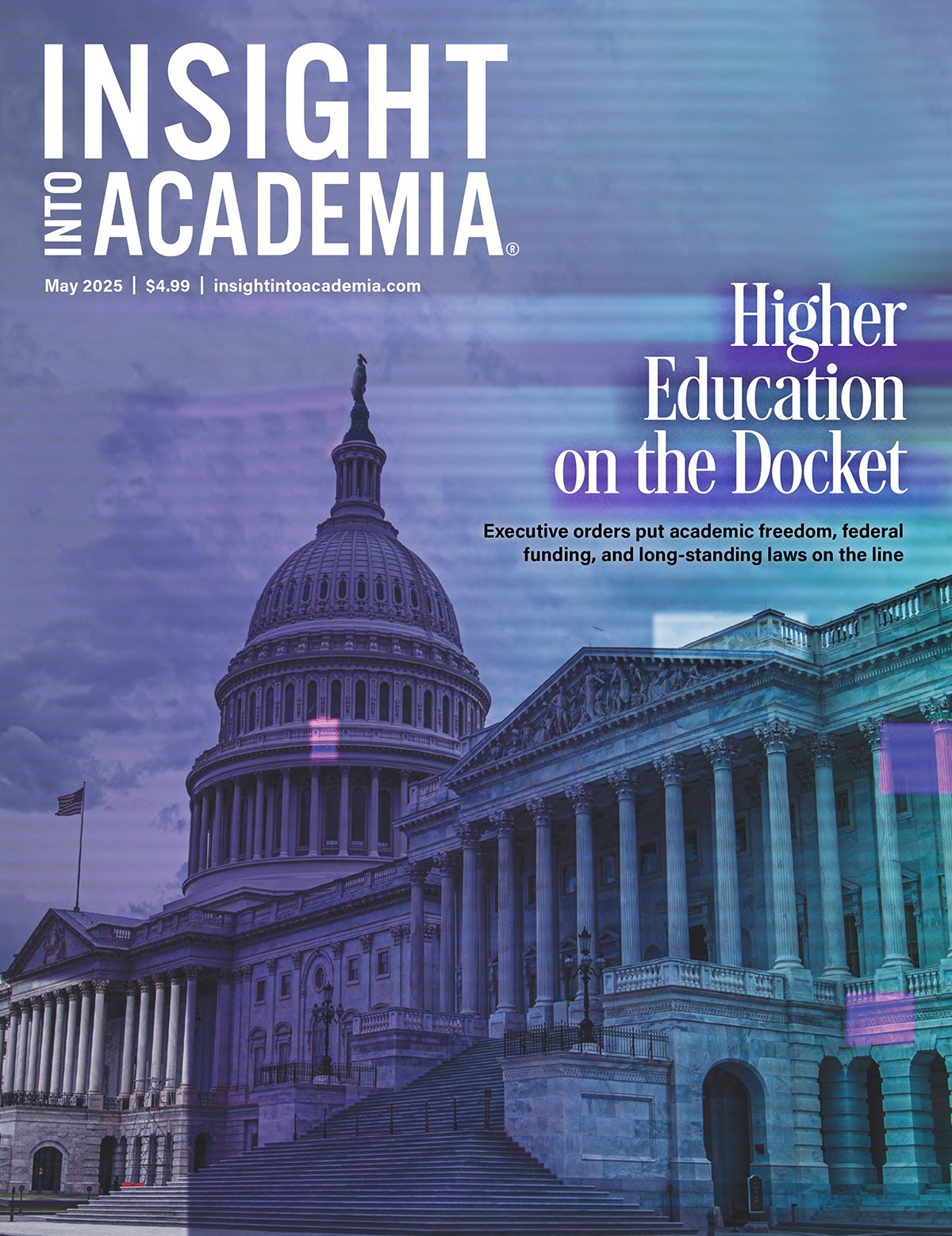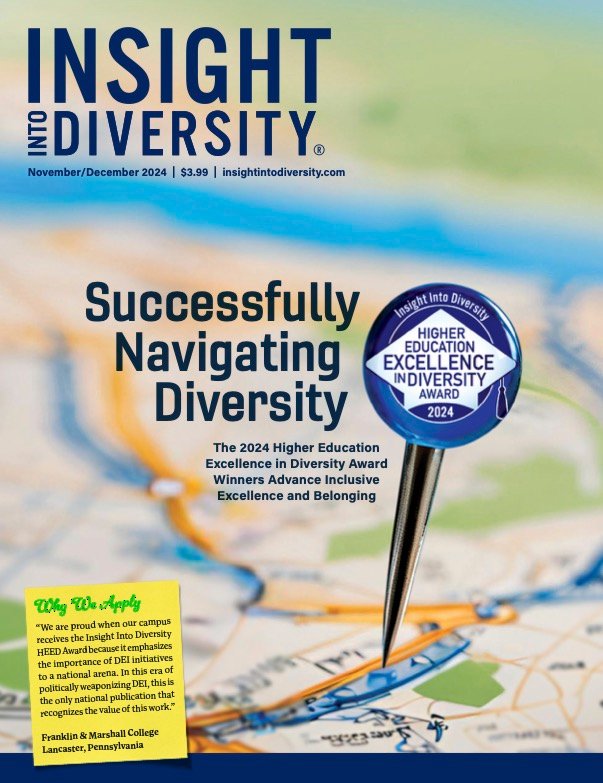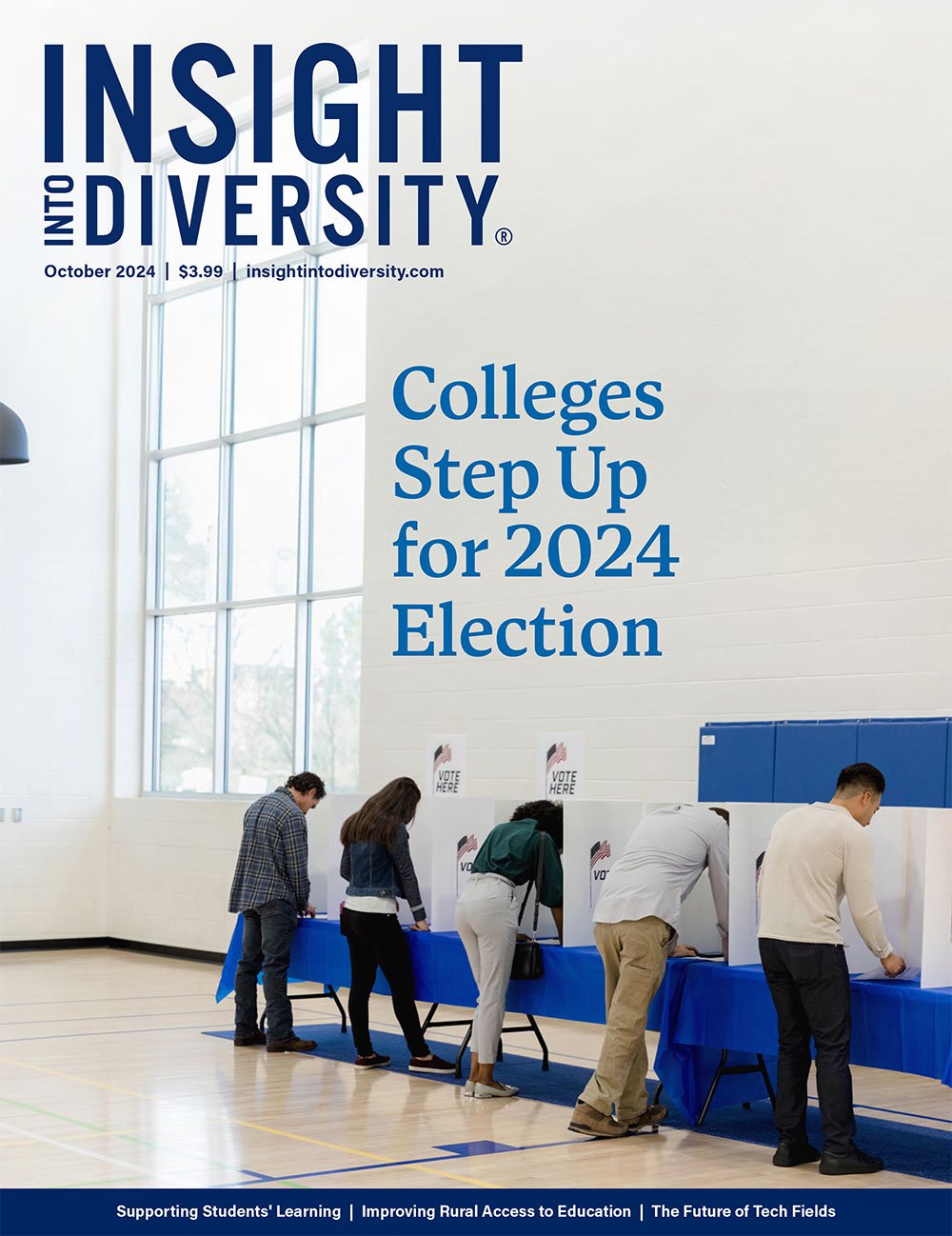The Cost, the Test, and the Fight for Rural and Low-Income Access to Legal Education
As law school tuition climbs and the landscape of legal education shifts, a fundamental question looms: who still gets to become a lawyer in America?
Access to working in the legal profession has long been out of reach for many rural and low-income students. But now, rising tuition costs and changes to the Law School Admission Test (LSAT) threaten to deepen that divide. In response, a patchwork of programs and reforms across the country is attempting to redefine how the next generation of legal professionals enters the field.
According to the American Bar Association (ABA), the average law school graduate leaves school with more than $145,000 in student loan debt. That figure can climb even higher when factoring in undergraduate loans. For many rural or economically disadvantaged students, such debt is not just daunting—it’s disqualifying.
“Increasing cost is the most significant barrier to law school access for students from low-income backgrounds,” said Bill Adams, managing director of ABA accreditation and legal education, in a 2022 statement to Reuters.
Beginning in August 2024, the LSAT will no longer include the logic games section, long considered a stumbling block for students without expensive test prep. While some see this as a move toward greater equity, others worry it won’t go far enough.
According to a Law.com report, the changes aim to make the exam more accessible, especially for students with disabilities who have historically struggled with the games section. But the test’s cost, along with the rising number of schools now requiring the GRE instead of or in addition to the LSAT, can complicate decisions and increase financial pressure.
Programs Offering a Path Forward
Despite these barriers, several initiatives across the country are working to expand access to legal education for underserved communities.
California Rural Legal Assistance (CRLA) Fellowships
CRLA, a nonprofit offering legal services to farmworkers and rural low-income families, runs fellowship programs that place young lawyers and law students in underserved parts of California. The organization’s Rural Justice Fellowship, for example, places attorneys directly in rural communities where access to legal support is scarce.
“This fellowship is a game-changer for rural communities and for first-generation lawyers who want to serve where they’re most needed,” CRLA Executive Director José Padilla told The Fresno Bee.
Rural Summer Legal Corps
Run jointly by Equal Justice Works and the Legal Services Corporation, the Rural Summer Legal Corps places law students in rural communities across the country each summer to address issues like housing, family law, and access to benefits.
In 2023, 40 law students were selected from over 300 applicants, according to Equal Justice Works. These students not only gain experience but also receive a $5,000 stipend and professional mentorship.
University of Dayton’s Online Hybrid JD
In 2019, the University of Dayton School of Law launched one of the first ABA-accredited hybrid JD programs, combining online coursework with occasional in-person sessions. According to the school’s website, the program is designed to accommodate working adults, caregivers, and rural students who may not be able to relocate.
“By removing the need to uproot lives or jobs, we’re opening the door to law school for students who never thought it was possible,” said Dean Andrew Strauss in an interview with The National Jurist.
Apprenticeship Models in Washington and California
A lesser-known pathway into the legal field is the Law Office Study Program (LOSP), available in states like California, Washington, and Virginia. These programs allow aspiring attorneys to study law under a judge or practicing attorney instead of attending law school.
Kimberly Bennett, a California-based lawyer and LOSP advocate, told the ABA Journal that, “the apprentice model is the most radical access-to-justice tool we’re not using enough.”
Though only a handful of people successfully complete the program each year, fewer than 200 in California in 2022, it remains a powerful, debt-free option for motivated candidates.
Some legal educators are also calling on schools to rethink admissions policies entirely.
In a 2023 Harvard Law Review essay, professors Anna L. Zaret and Aaron Tang argued that law schools should adopt need-blind admissions and prioritize applicants who demonstrate community engagement and service over elite credentials.
Meanwhile, the AccessLex Institute, a nonprofit focused on legal education, has been funding research and grants to explore tuition assistance and pipeline programs for underrepresented students. Their MAX Pre-Law program provides free financial education to pre-law students, with a focus on building economic readiness before enrollment.
The legal profession is meant to be a guardian of justice—but that ideal falters when its gates are closed to all but the most privileged. From tuition-free apprenticeships to rural legal corps fellowships, a growing ecosystem of programs is working to make legal careers attainable for students once locked out of the system. Still, without more widespread policy change and institutional support, the question remains: Who gets to be a lawyer now—and who still doesn’t?




















